Regarding traditional clothing, France stands out with its unique and captivating fashion sense. As a lover of fashion and culture, I’ve always been fascinated by the stunning pictures and videos showcasing the traditional clothing of this beautiful country. The rich history and creativity embedded in this apparel are genuinely awe-inspiring.
In the past, native French people donned various clothing, but one iconic item that immediately comes to mind is the “beret.” However, as times changed and fashion evolved after World War I, so did the choices of the French. The beret, while still beloved, saw a decline in popularity. Instead, the fashion landscape witnessed exciting turns and modifications. Traditional French clothing includes the Paletot coat, the flamboyant can-can dancer’s dress, and unique wigs. Additionally, regional variations in traditional attire add depth to the French fashion tapestry.
In this article, we’ll delve into traditional clothing in France and explore the most famous and cherished clothing choices.
Traditional Clothing of France: A Detailed Look
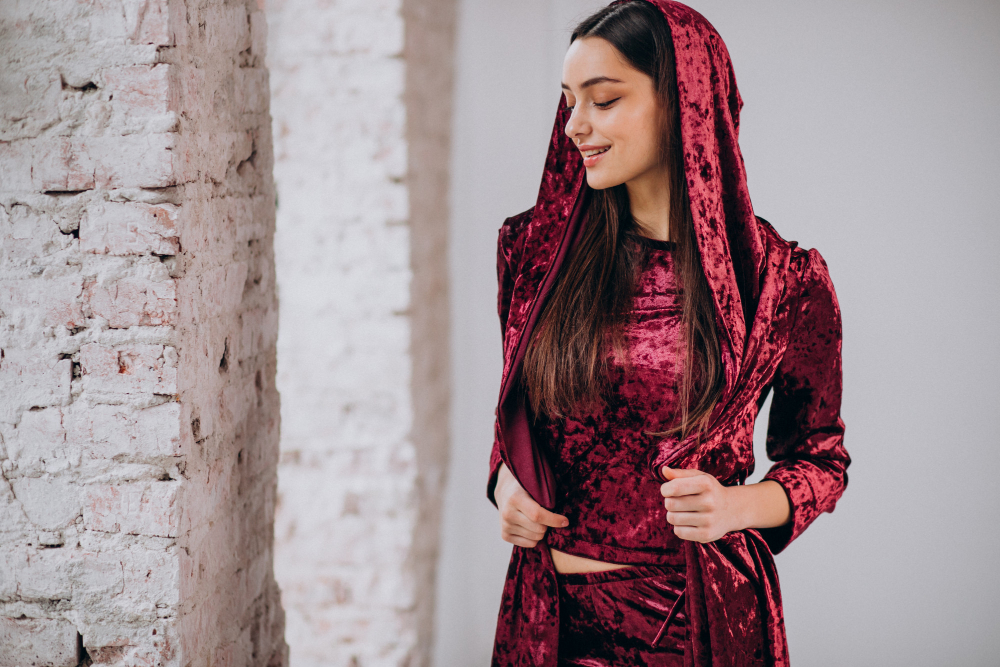
The Can-Can Dress
In the 19th century, Paris emerged as a desirable tourist destination, renowned for its lively atmosphere and historical landmarks. Hollywood further popularized Paris with movies like “Gigi,” where the can-can dancers stole the show in their vibrant, short skirts. Today, you can spot women in these iconic dresses at clubs across France.
The Paletot Coat
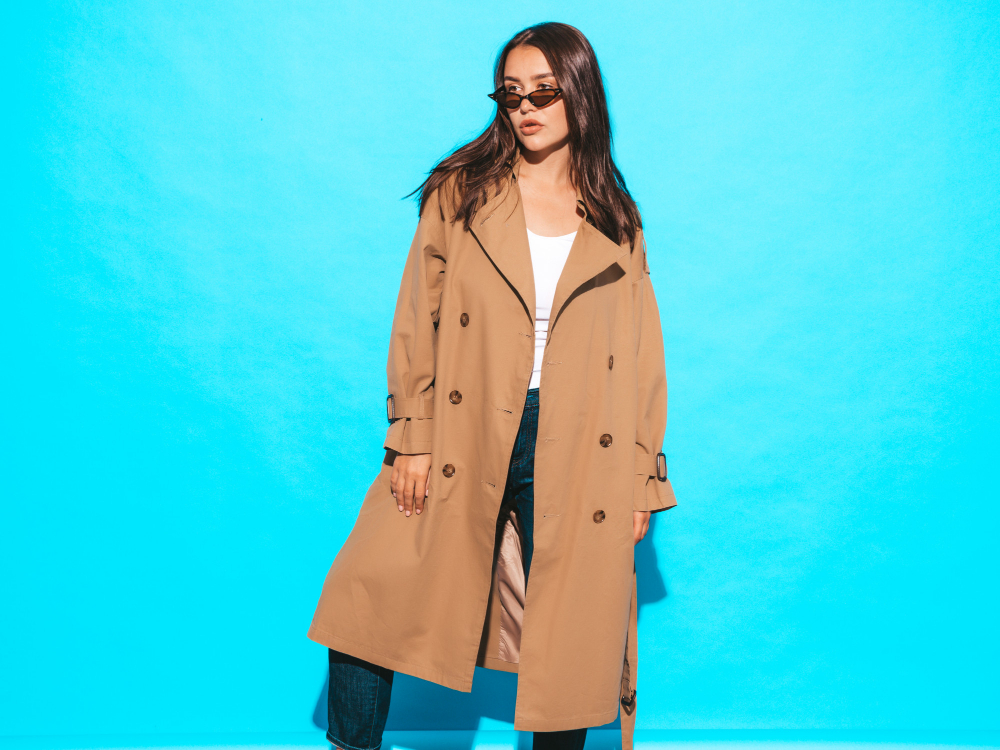
The name “paletot” originated from Duke D’Orsay, a beloved bachelor in 19th-century Orsay who sported a unique designer coat. It quickly gained popularity, and specific guidelines were established for its design, including its length, outer pockets, button arrangement, and wide lapels. Notably, the paletot coat has evolved into the modern Chesterfield coat.
The Beret

The beret, once a humble headwear object from the Middle Ages, became famous in the 19th century. Initially favored by farmers in southwest France, it soon caught the eye of the military, who adopted it extensively. Today, different colors of berets are used to indicate rank and units. Crafted from cotton, handwoven wool, and acrylic fiber, berets are soft and ideally suited for the local climate.
Bliaud
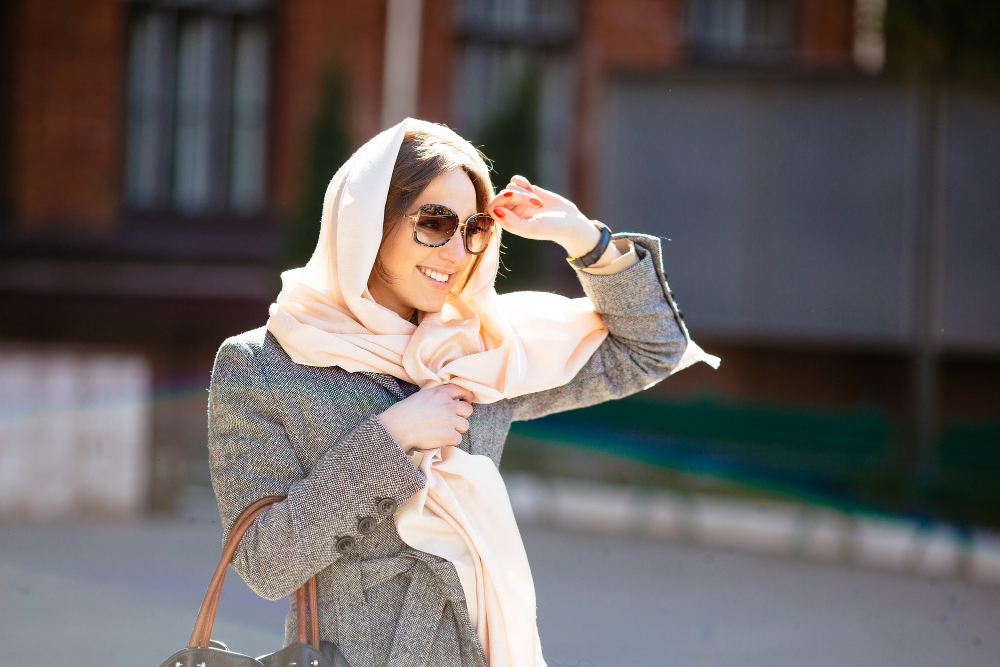
In the 14th century, men and women sported the bliaud, an overgarment with distinct sleeve designs. It’s fascinating how this garment evolved differently for each gender.
Chemise
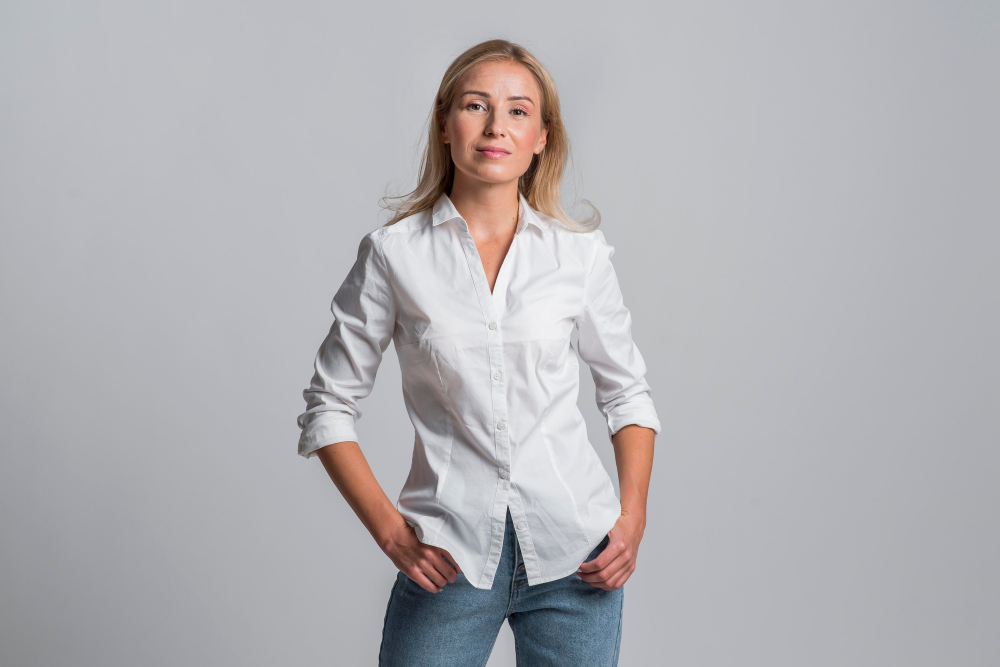
The chemise, an undergarment worn by French men and women on the upper body, also known as a shift, played a crucial role in protecting outerwear from sweat and odor. You’ll primarily find chemises in western regions of France.
Breton

The Breton shirt remains a formal dress code in various regions of France and worldwide. Known for its blue and white stripes, it is a timeless piece of traditional French attire.
Kepi Caps

Since the 19th century, French military personnel have sported kepi caps, stylish headwear with a circular top and a rounded visor. The color of the cap signifies the soldier’s rank, and today, men still don these caps on various occasions, making them a symbol of French tradition.
Faluche
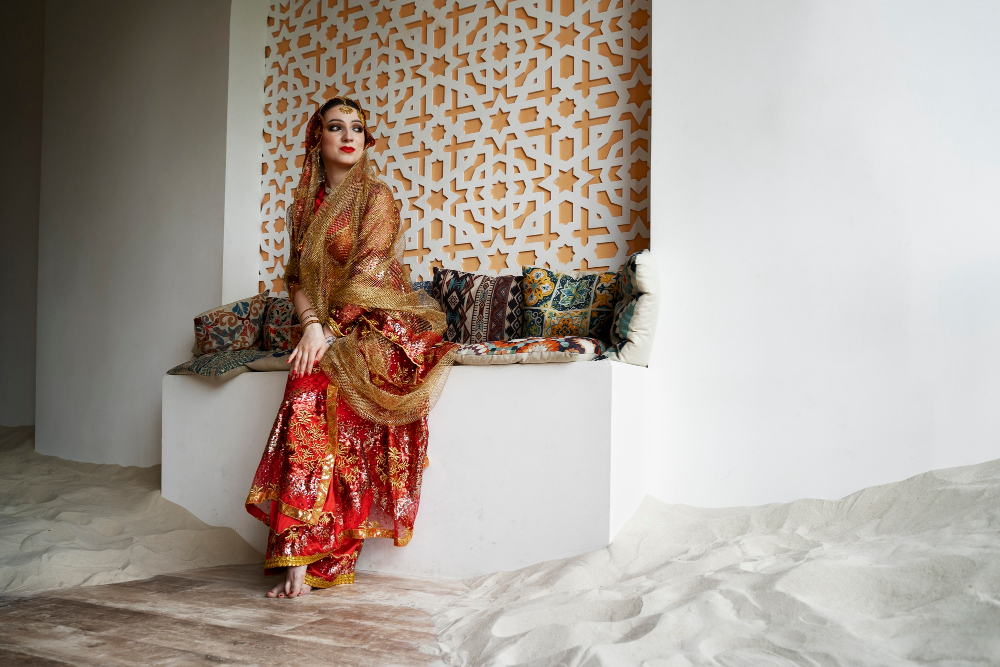
Among the younger generation, the Faluche is famous for its colorful ribbons and creative badges, adding a touch of playfulness to traditional attire.
Mantua
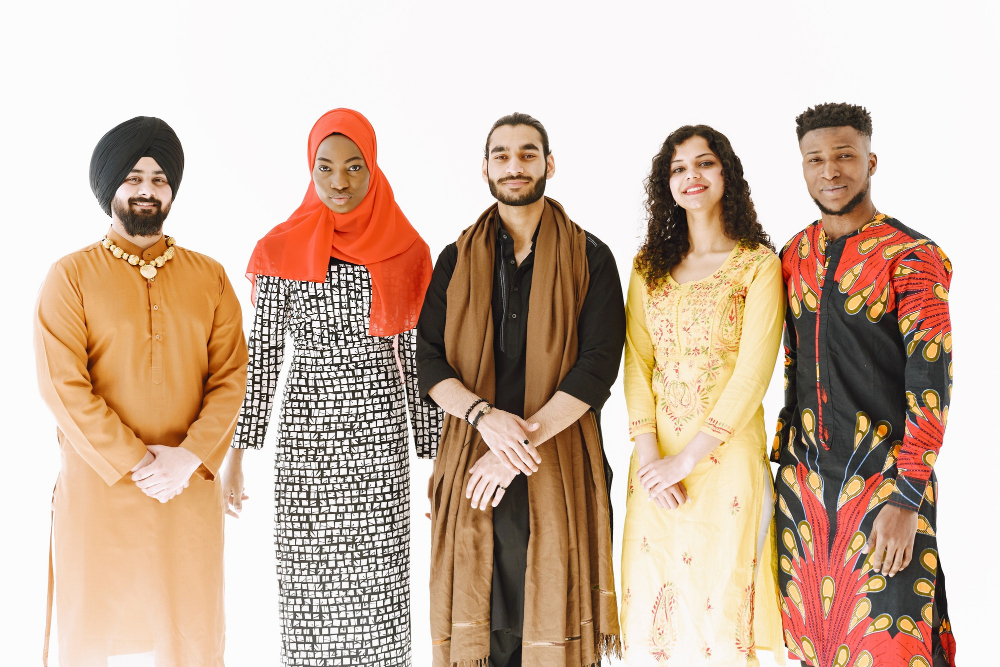
French women often wear the Mantua, a loose gown, over a robe and petticoat. It’s a classic choice that exudes elegance.
Pantalettes
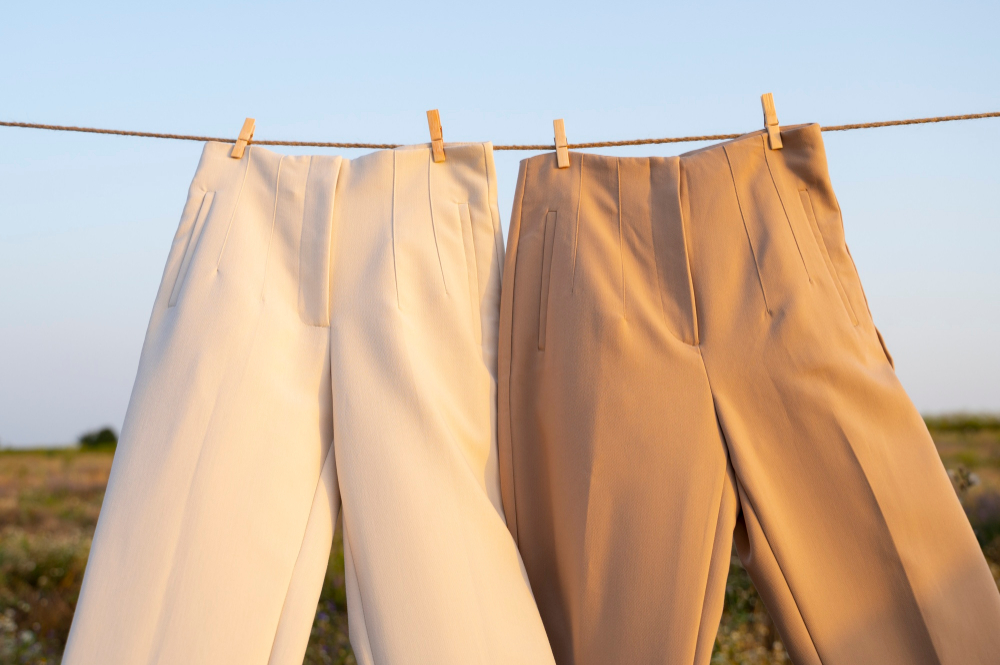
These shock-type leg coverings, worn mainly by women and youthful boys in the 19th century, add a unique historical touch to French traditional clothing.
Traditional Clothing in General: Men and Women

Men Would Wear
For travelers eager to explore the heart of modern fashion, France, it’s essential to understand the traditional clothing that characterizes the country. Traditionally, French men would wear a chemise as an undergarment, paired with culottes and capotes. High-knee socks and hose pants were worn daily, and the French have always had a penchant for concealing their heads with different hats and headdresses.
Women’s Traditional Clothing
French women’s traditional clothing incorporates four key elements. A chemise, like an underskirt or shift, serves as the foundation layer. The jupon, a skirt, is often layered to showcase wealth and status. Over the shirt, a mantlet or short petticoat adds a touch of sophistication. The outfit is elegantly capped off with a shawl draped modestly around the neck and shoulders. Most traditional French women’s outfits are completed with a captivating cap or headwear.
Conclusion:
The traditional clothing of France not only represents a rich cultural heritage and highlights the country’s ongoing progress in fashion. From overcoats to chemises, fake hair “wigs,” and a myriad of headwear options, each garment tells a unique story. If you’re ever in France, take advantage of the opportunity to explore these traditional treasures in local shops. Embrace the spirit of French tradition and share your thoughts on these captivating clothing options – you might just find a piece of France to call your own.

